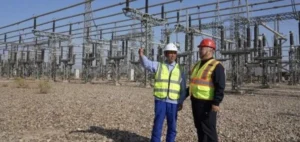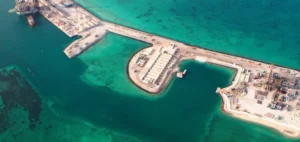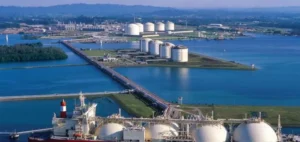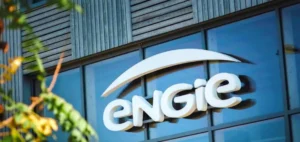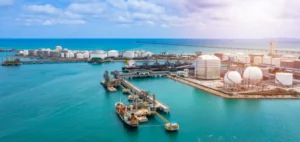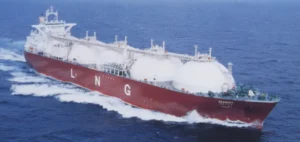The Cape of Good Hope (South Africa) has become the preferred route for American LNG exporters seeking to reach Asia. According to data from S&P Global Commodity Insights, 123 U.S. LNG freighters have used this route this year, setting a record since data collection began in 2010. The previous highest number of annual transits was 120 in 2021. In May, 29 freighters took this route, following a monthly record of 30 transits in April. At the same time, a record volume of around 8.41 million metric tons of LNG transited the Cape of Good Hope this year.
Decline in transits through the Panama and Suez canals
Transits via the Panama and Suez canals fell sharply in 2024. This year, only 16 US LNG freighters reached Asia via the Panama Canal, and less than half that number used the Suez Canal. In comparison, 64 freighters used the Panama Canal between January and May 2023, while 33 used the Suez Canal. The popularity of the Cape of Good Hope increased last year due to a historic drought in Panama, which reduced water levels and increased waiting times. In addition, transits via the Suez Canal ceased in January due to attacks by Houthi rebels in the Bab el-Mandeb Strait, forcing the shipping industry to opt for the Cape of Good Hope.
Future prospects and geopolitical tensions
Despite the current preference for the Cape of Good Hope, some observers are keeping a close eye on the situation in Panama, which is entering its rainy season, and the continuing tensions in the Middle East. The Panama Canal Authority is holding meetings with LNG customers to discuss ways of increasing demand for crossings, now that water levels are beginning to recover from the prolonged drought. A spokesman for the Panama Canal Authority confirmed that they are in discussions with LNG producers to better meet their needs. These discussions could lead to allocation changes that benefit the LNG segment, following a consensus with the parties involved.
Economic and strategic impact
The reorientation of LNG transport routes has significant economic and strategic implications. By choosing the Cape of Good Hope, LNG exporters optimize their operations in the face of the constraints of other shipping routes. However, changes in geopolitical or climatic conditions could rapidly alter these dynamics.
As the LNG market continues to evolve, exporters’ logistics decisions will be crucial to maintaining efficiency and profitability. Ongoing negotiations with the Panama Canal authorities and tensions in the Bab el-Mandeb Strait will continue to be decisive factors for the future of LNG transport routes.



